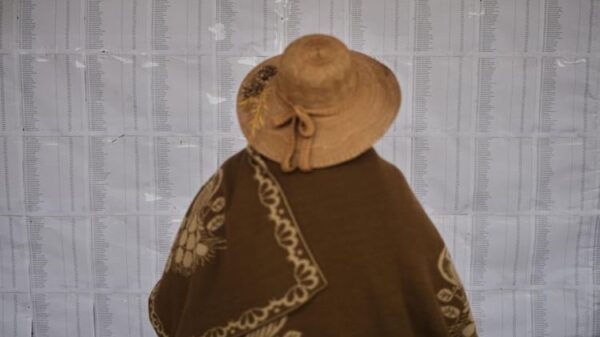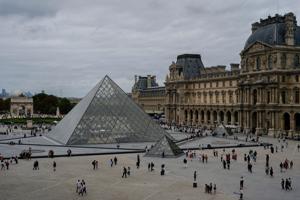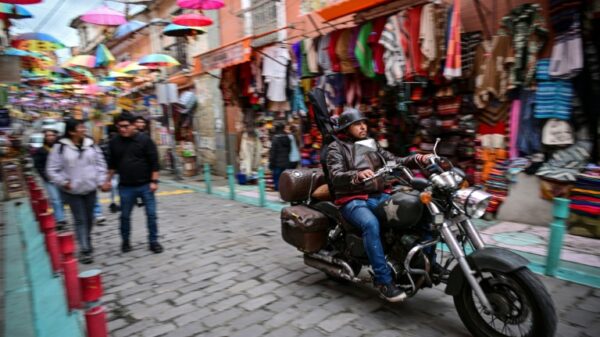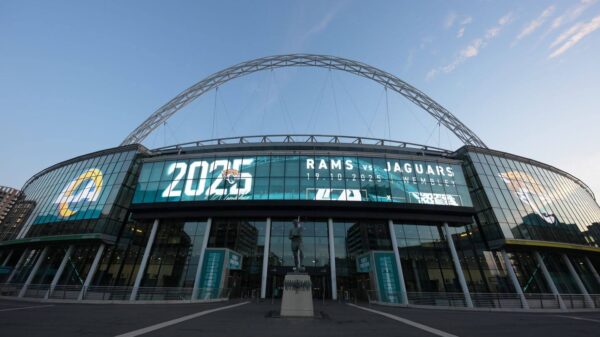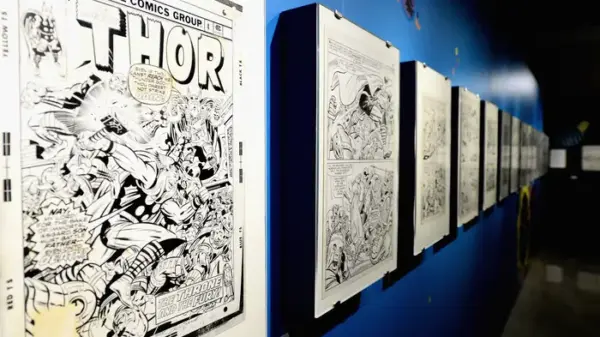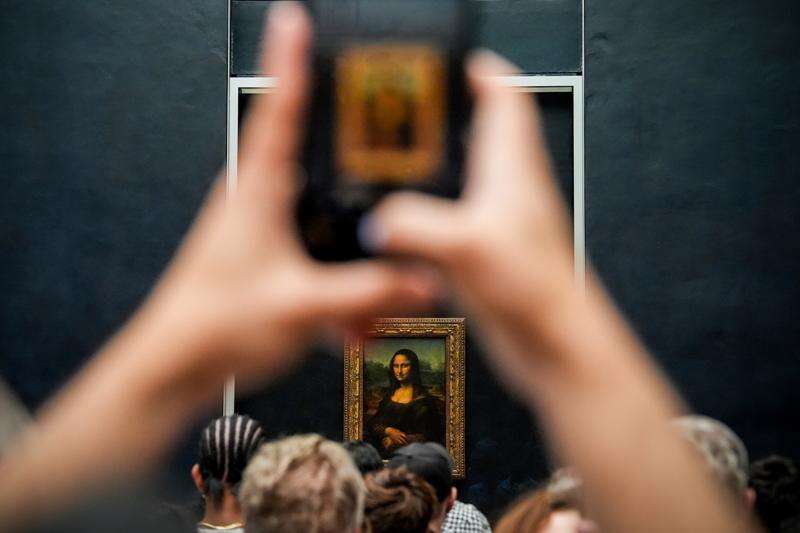UPDATE: Thieves have struck the Louvre once again, stealing nine pieces from the jewelry collection of Napoleon and the Empress in a brazen heist that occurred on Sunday morning. Using a basket lift to gain access, the criminals executed their plan while tourists roamed the Galerie d’Apollon, where part of the French Crown Jewels are on display.
The shocking theft prompted immediate police action, as authorities closed the museum for the day, sealing gates and ushering visitors out. This incident marks a significant breach at the world’s most visited museum, raising alarms about security measures in place.
This latest robbery at the Louvre echoes a notorious history of art heists. Among the most infamous is the 1911 theft of the Mona Lisa, stolen by Vincenzo Peruggia, a former museum worker who hid inside overnight. The painting, which was later recovered, became a cultural icon in the aftermath.
The Isabella Stewart Gardner Museum in Boston is still grappling with a massive unsolved theft from March 18, 1990, when two men disguised as police officers overpowered security and made off with 13 works of art, valued at up to $500 million. This case remains one of the biggest art crimes in U.S. history, with empty frames serving as a haunting reminder of the stolen masterpieces.
In a separate incident from 2017, burglars at Berlin’s Bode Museum made headlines by stealing a 100-kilogram (220-pound) Canadian solid-gold coin, the “Big Maple Leaf”. The thieves smashed a protective case and escaped along a rail track using a wheelbarrow. The coin, worth approximately €3.75 million ($4.33 million), was later believed to have been cut up and sold.
Additionally, the Green Vault in Dresden suffered a catastrophic theft in 2019 when thieves took diamond-studded royal jewels valued at hundreds of millions of euros. Five men were convicted, but the stolen pieces remain largely unrecovered.
In a bizarre twist, a golden toilet, valued at nearly £5 million (over $6 million), was stolen from Blenheim Palace in September 2019. The thief, who described the experience as “splendid,” used the toilet as a reconnaissance tool before returning with accomplices to execute the heist in under five minutes. The artwork, titled “America” by Maurizio Cattelan, has never been found and is believed to have been melted down.
As authorities continue to investigate the Louvre heist, the art world watches closely. The implications for security measures in cultural institutions are profound, with calls for enhanced protection of invaluable collections.
Next Steps: Museum officials will likely implement immediate security reviews and protocols. The global art community is on alert, as the art market’s vulnerability becomes increasingly apparent. Stay tuned for updates on this developing story.

